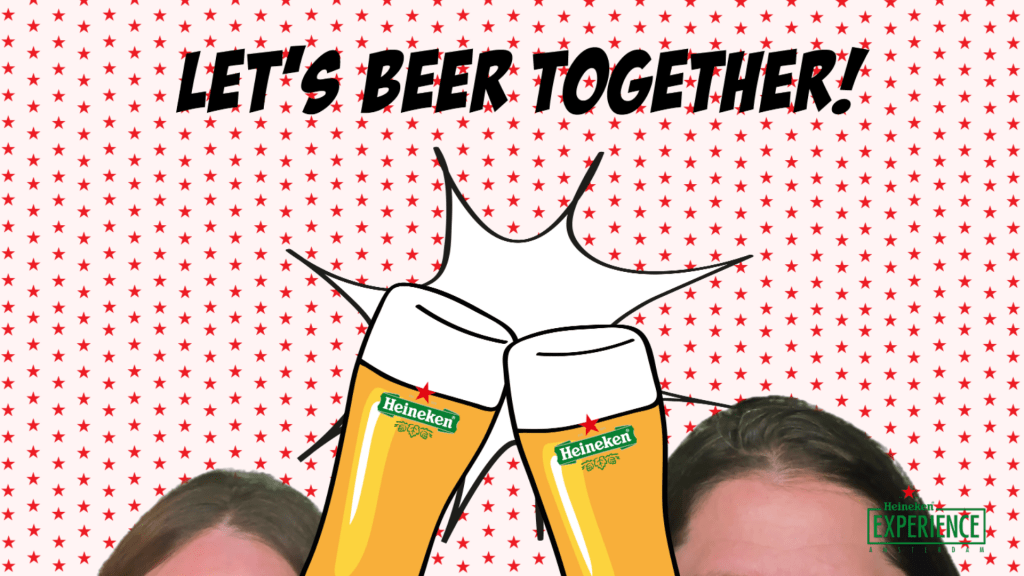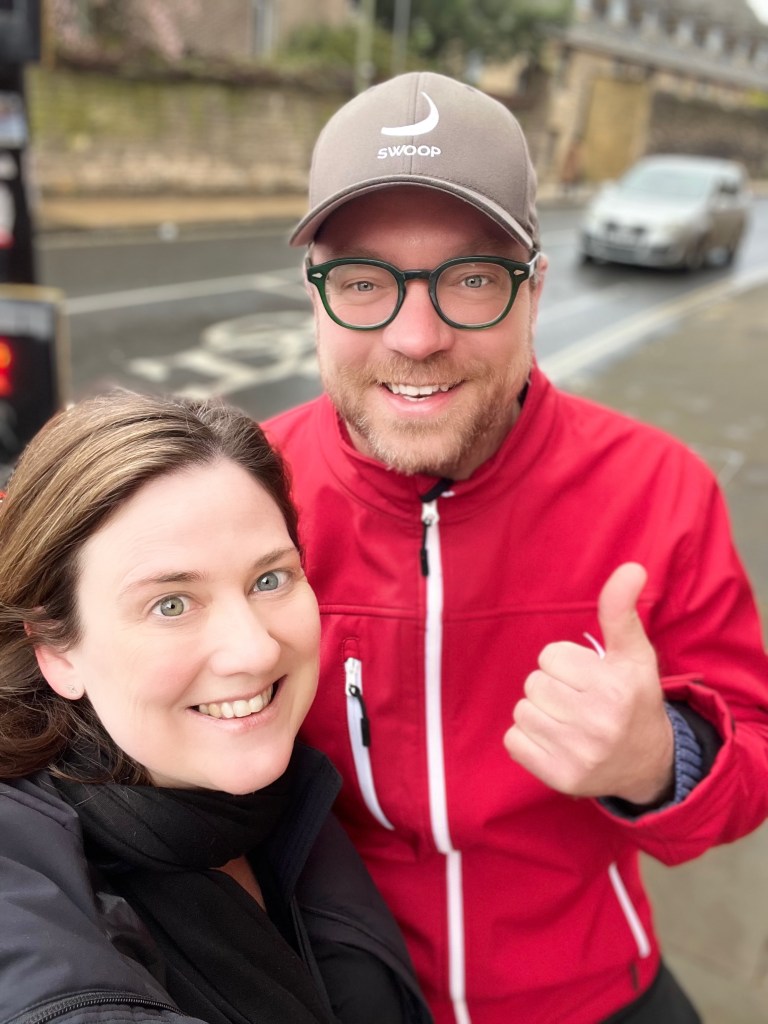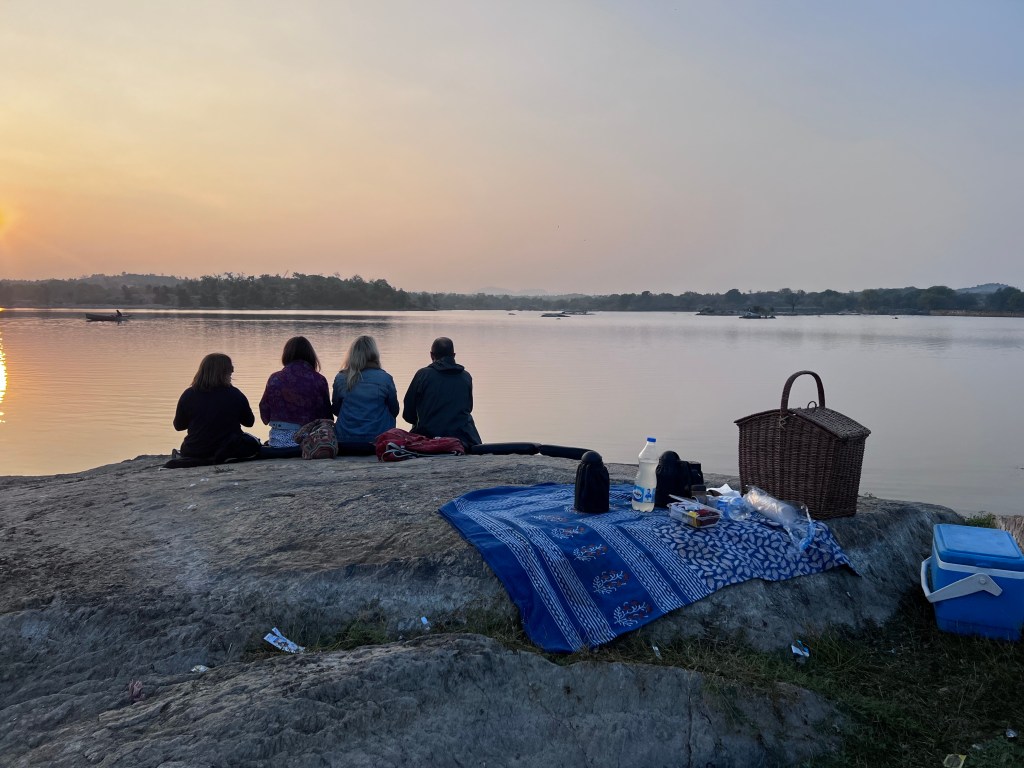
Today is International Women’s Day. If you’ve been following me for a while you might remember that in previous years I spent this day making a nuisance of myself on LinkedIn. Mostly responding to firms’ posts about how much they value women with data their own glaring gender pay gaps, asking what they’re doing to resolve that.
I figured it’s using my privilege as someone who isn’t answerable to a boss to advocate for those who’d find it career-limiting to do it themselves.
And that’s been fun, but this year I’m giving it a break. And here’s why.
First, the excellent Gender Pay Gap Bot has taken up the challenge of highlighting pay gap hypocrisy. That hasn’t moved the needle on actually closing the pay gap, but it has made organisations think twice about the chasm between their gender equality content and their own inaction when it comes to real pay packets.
I toyed with switching tack a bit and shitposting companies that claim to be inclusive while cracking down on flexible work, one of few things that have been proven to help women remain in and progress at work.
But as I sat down to prep I realised I’m just tired.
Tired of shouting from the sidelines. Tired hearing of talented women overlooked and under-invested. Tired of seeing women put in yet more unpaid labour to find and flag hypocrisy online, to speak at inspirational women-in-business breakfasts, to mentor younger women, to be visible (but not too visible, that would be crass), only to have a new podcast bro class emerge and ask if this equality thing has gone too far.
I have news for you, guys. It is 2024 and:
- UK mothers earned £4.44 less per hour than fathers
- women-led businesses receive just 3.5% of equity investment
- globally, over 2.7 billion women are legally restricted from having the same choice of jobs as men. More than one-third of countries have laws constraining women’s decision to work, and 43 economies have no laws on sexual harassment in the workplace (World Bank)
- 1 in 4 women have been sexually assaulted or raped as an adult
- over 100 women are killed by men in the UK every year
So, podcast bros, come back to me when women are no longer denied education, financial independence and bodily autonomy, and then we can chat.
The official theme of this year’s IWD is Invest In Women. So this year I’m taking a break from sniping on social and focusing on being a woman in business/tech. I’m investing in myself and my business, and using some of what I make to invest in businesses led by other women.
And I’m investing in my health – physical and mental. I’m taking the day off, taking a break from shouting at the endless stream of Inspire Inclusion social media snaps (why do so many of those look like hostage videos?), and having a weekend away with one of my besties.
I’m not hanging up my troublemaking hat for good – hell, I’m not sure I’ll keep off it for today (case in point here) – but we need to move beyond inspiration and irritation to action.
Hire women. Pay women. Promote women. Advocate for women. Invest in their companies. Buy from them. But for God’s sake drop the platitudes and perfomative nonsense and look at what meaningful actions you can take to accelerate progress for women.
Some things I did this week
- Helped an organisation turn the collaboration strategy we delivered for them last year into a roadmap, looking at how they can build collaborative behaviours and ways of working using their existing toolset
- Pushed a bigger discovery project close to the finish line
- Looked at what analytics and KPIs are genuinely helpful and useful for websites and intranets. Like lots of organisations, this client has a lot of data, but limited capacity for change. Analytics has an opportunity cost; time you spend looking at it, reporting it and presenting it, is time you don’t have to actually do anything as a result of the insights gleaned. So how can we measure less, better, so it results in positive change?
What I’m reading
Very little. But I’m away for the weekend and have a metaphorical (Kindle-based) stack of books.
Connections
Spending the weekend in Malaga, Spain, with Ann Kempster, for tapas, spas, and limited digital nerd chat. And seeing if I can remember any of my Spanish.
Something I learned
At the current rate of progress, it will take 267 years to close the global gender pay gap.











